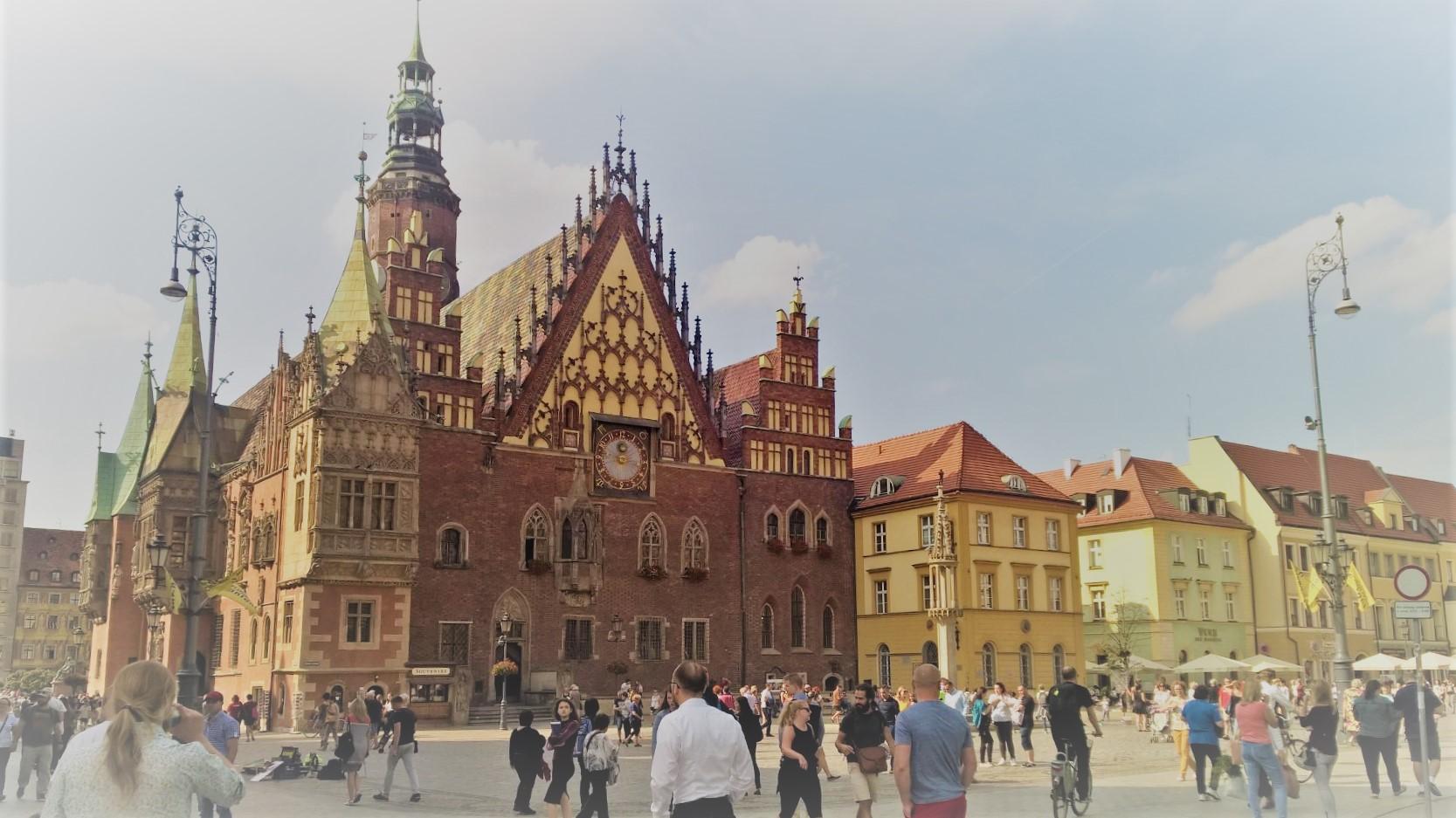 With the majority of people living in cities and numbers of urban dwellers increasing daily, national and international policies are being directed towards stimulating livable and sustainable futures for cities. Many metropolises have a historic origin and developments through time have influenced development of the cities. Inner cities follow ancient waterways and roads; buildings and other structures may be (partially) historic. Modern city dwellers live in an environment that largely depends on decisions made by previous generations. Modern city life, however, constantly asks for adaptations and internal dynamics change city appearances and functions. Especially in the case of World Heritage cities adaptations are significant. Tourists, eager to experience the ‘Outstanding Universal Value’ of a place, require accommodation, food, entertainment and souvenirs. Developers convert historical buildings into hotels and tourist shops. Traffic constantly pressurizes old, narrow streets. Inhabitants increasingly move to less gentrified outer zones. Slowly, city characters change. While cores and buffer zones were once enlisted as World Heritage because of both the authenticity and integrity of a cities’ parts, now these are exactly the elements that are under threat (with the ultimate risk of ‘delisting’). The desire to assign a World Heritage status to living cities may overshadow the awareness of possible implications for the city and its inhabitants. It also raises questions whether studying the diversity of long-term urban traditions effectively informs design for sustainable urban futures, who are the stakeholders and how are they involved in new developments? In short: is it possible to find a balance between an authentic and a dynamic city life?
With the majority of people living in cities and numbers of urban dwellers increasing daily, national and international policies are being directed towards stimulating livable and sustainable futures for cities. Many metropolises have a historic origin and developments through time have influenced development of the cities. Inner cities follow ancient waterways and roads; buildings and other structures may be (partially) historic. Modern city dwellers live in an environment that largely depends on decisions made by previous generations. Modern city life, however, constantly asks for adaptations and internal dynamics change city appearances and functions. Especially in the case of World Heritage cities adaptations are significant. Tourists, eager to experience the ‘Outstanding Universal Value’ of a place, require accommodation, food, entertainment and souvenirs. Developers convert historical buildings into hotels and tourist shops. Traffic constantly pressurizes old, narrow streets. Inhabitants increasingly move to less gentrified outer zones. Slowly, city characters change. While cores and buffer zones were once enlisted as World Heritage because of both the authenticity and integrity of a cities’ parts, now these are exactly the elements that are under threat (with the ultimate risk of ‘delisting’). The desire to assign a World Heritage status to living cities may overshadow the awareness of possible implications for the city and its inhabitants. It also raises questions whether studying the diversity of long-term urban traditions effectively informs design for sustainable urban futures, who are the stakeholders and how are they involved in new developments? In short: is it possible to find a balance between an authentic and a dynamic city life?
The Living (World) Heritage Cities program involves an Honours Class (now closed), multiple international seminars and an eponimous peer reviewed publication upcoming in 2022, including a section on the impacts of COVID-19 on cities.
